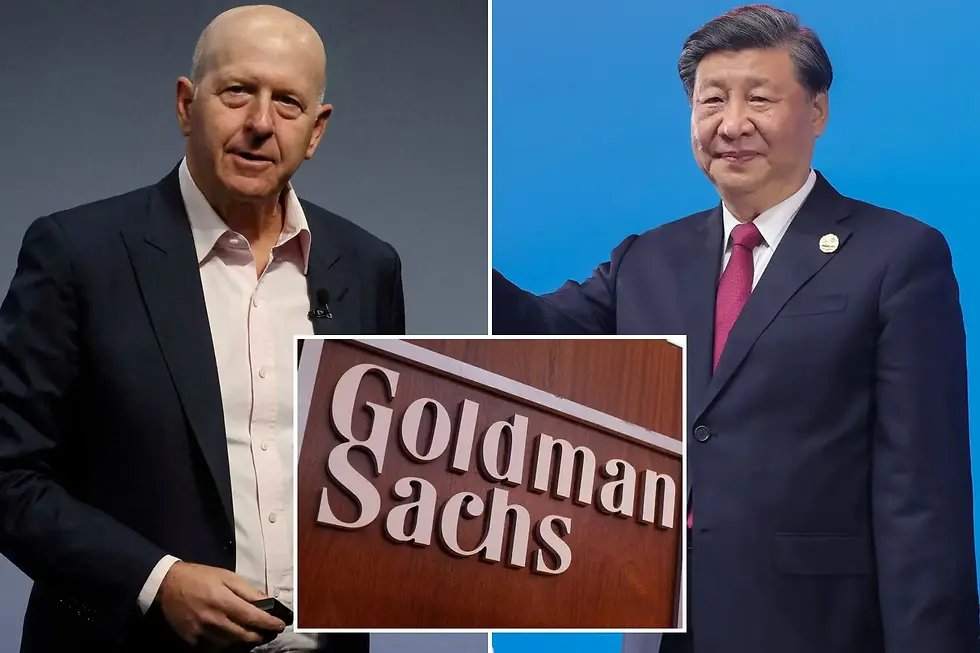Brief Update on US Economy
- Sam Golder
- Aug 31, 2023
- 2 min read
The US economy, responds to a multitude of internal and external factors. As of our last article, let's delve into the state of the US economy and the key factors shaping its trajectory. Remember, economic landscapes can change quickly, so always refer to the latest data and analyses for the most accurate picture. This article also includes a brief explanation of the current Goldman Sachs 'Partnership Fund' that was set up with Chinese money set to cause massive complications for the country and the firm.

Recovery since the Pandemic:
The COVID-19 pandemic left an indelible mark on the world, and the US economy was no exception. In 2021, the nation was in the process of recovering from the economic shockwaves. The vaccination rollout, fiscal stimulus packages, and pent-up consumer demand were driving factors behind the gradual resurgence of economic activities. The labor market was showing signs of improvement, though challenges remained, particularly in sectors that were hit hardest by lockdowns.
Monetary Policy and Interest Rates:
The Federal Reserve, the central bank of the United States, plays a pivotal role in shaping the economic landscape through its monetary policy decisions. As of 2021, the Fed had kept interest rates at historically low levels to support borrowing, spending, and investment. These measures were aimed at stimulating economic growth and job creation. However, discussions about potential interest rate hikes were already on the horizon as the economy gained momentum, with analysts closely watching for any shifts in the Fed's stance.
Inflation Dynamics:
Inflation, the general rise in prices, was another focal point of economic discussions. In the aftermath of the pandemic, supply chain disruptions and increased demand for certain goods and services led to a surge in prices. While the Fed considered this inflation to be transitory, there were debates about whether it could become more persistent. Managing inflation while ensuring sustainable economic growth was a balancing act that policymakers were carefully navigating.
Trade and Global Dynamics:
Trade relationships and global economic dynamics were also at play. Trade tensions with China, for example, had implications for supply chains and international commerce. Additionally, the US's re-engagement with international organisations and climate initiatives signified the role that global cooperation played in shaping economic policies.
Other:
According to Will Louch (from the FT) Goldman Sachs has used a fund set up with Chinese state money to buy a series of US and UK companies, including one with a cyber security business that provides services to the British government, even as tensions rise between Beijing and the west. This made up a $2.5 billion total 'partnership fund'. Although this was made in 2017, there are still multiple people who had knowledge of this fund.
Overall, the US economy continues to adapt and change. However, this recent news of the Goldman Sachs and China partnership fund has set the US financial sector in an interesting position. Any updates on this story will be posted in more detail. For more information check out the Financial Times who sourced a lot of this information from this update on the US Economy.
By Sam Golder
Founder and Blogger




Comments